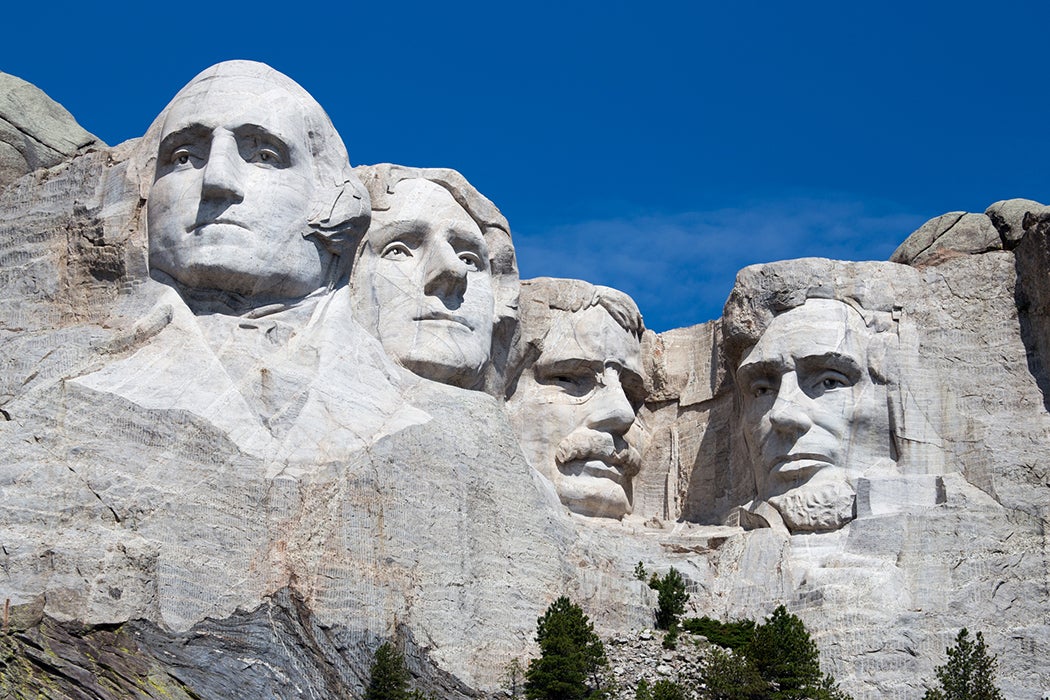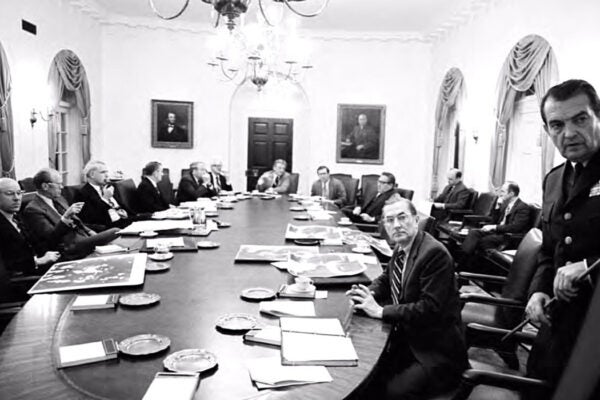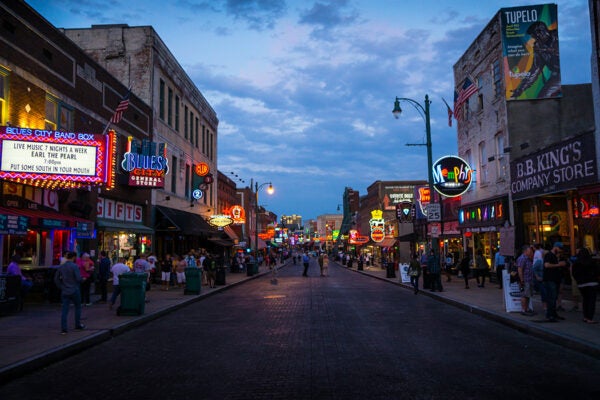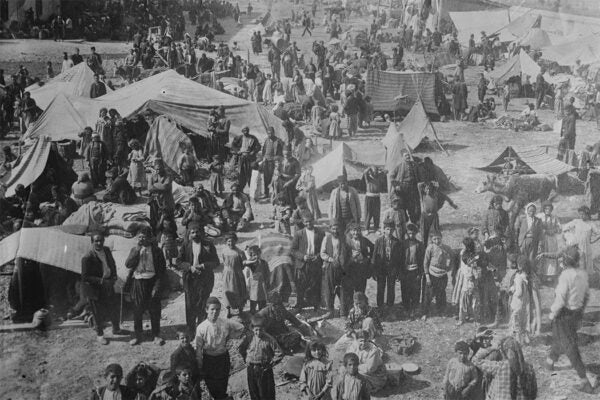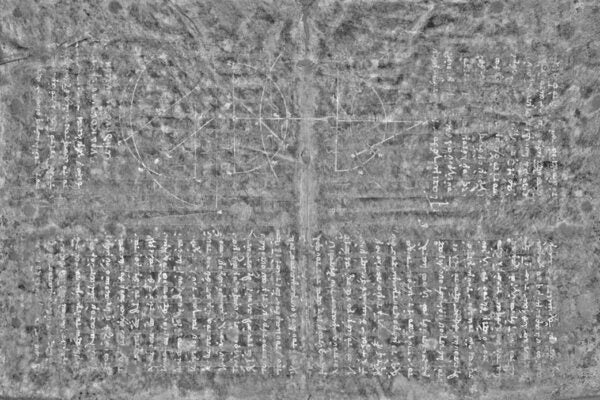The carved visages of four American presidents in South Dakota’s Black Hills have attracted throngs of tourists since the Mount Rushmore monument was formally dedicated on October 31st, 1941. Memorials, such as the battlefield at Gettysburg or New York’s 9/11 Museum, have long been part of the American landscape. Rushmore, however, has little significance connected to what it symbolizes. It was seen as a way to promote tourism. But of the four presidents memorialized—George Washington, Thomas Jefferson, Abraham Lincoln, and Theodore Roosevelt—only one, Roosevelt, ever set foot in South Dakota. So what exactly is Mount Rushmore a monument for?
“The monument must be gigantic and it must portray the greatness of America,” said Gutzon Borglum, the sculptor responsible for Mount Rushmore. Borglum wanted to communicate a particular vision of American life and history. In his view, the U.S. was a creation of Anglo-Saxon heritage. Accordingly, he borrowed heavily from Christian religious imagery. What’s more, Borglum did much of the original work on the Stone Mountain, Georgia, project dedicated to heroes of the Confederacy. Borglum saw the United States as a white, western, Christian creation, with a grandiose story to tell.
Borglum was born in Idaho Territory, and while he eventually settled in Connecticut he revered the West. His ideal was the Anglo-Saxon contribution to history; he loathed the upsurge of immigrants to large eastern cities (despite being a child of immigrants), and felt the salvation of the country lie in the yeoman western outdoorsman. The original idea for Mount Rushmore was to create a monument to the famous Lakota Indian leader Red Cloud, but that was not grand enough or Anglo Saxon enough for Borglum, who successfully pushed for a tribute to America’s four exalted presidents.
Carving into the Western mountains fit that framework. Borglum’s monument reveled in religious imagery. Hagiographers of his time looked to Washington an American Moses, liberating his people from a foreign occupier. Lincoln was seen as a Christ figure sacrificed to heal the nation’s wounds after the Civil War. Jefferson was perceived as America’s noblest knight, a man who espoused Borglum’s vision of an America built on agrarian values. Borglum insisted on the inclusion of the most contemporary figure, Theodore Roosevelt, who Borglum supported politically and was seen in the sculptor’s view as the new Columbus, uniting the continent via the construction of the Panama Canal.
The monument has been controversial since its inception. What arrogant stone carver could intrude upon God’s mountain?, asked one early critic. After its opening, Eleanor Roosevelt wanted the addition of Susan B. Anthony to the pantheon of men, a proposal that was pushed aside. In the 1970s, Native American activists saw the monument as an affront to what they saw as the sacredness of the Black Hills. Activists occupied the monument in 1971. In 1987, the mountain was a focal point for environmental protests directed against acid rain.
Weekly Digest
Mount Rushmore stands, even if its original vision has been widened to encompass an America more open to ethnic diversity than Borglum, who died in 1941, months before the project was dedicated, would have imagined. Park Rangers routinely downplay Borglum’s racialist vision, preferring to describe the monument as a celebration of American freedom.
